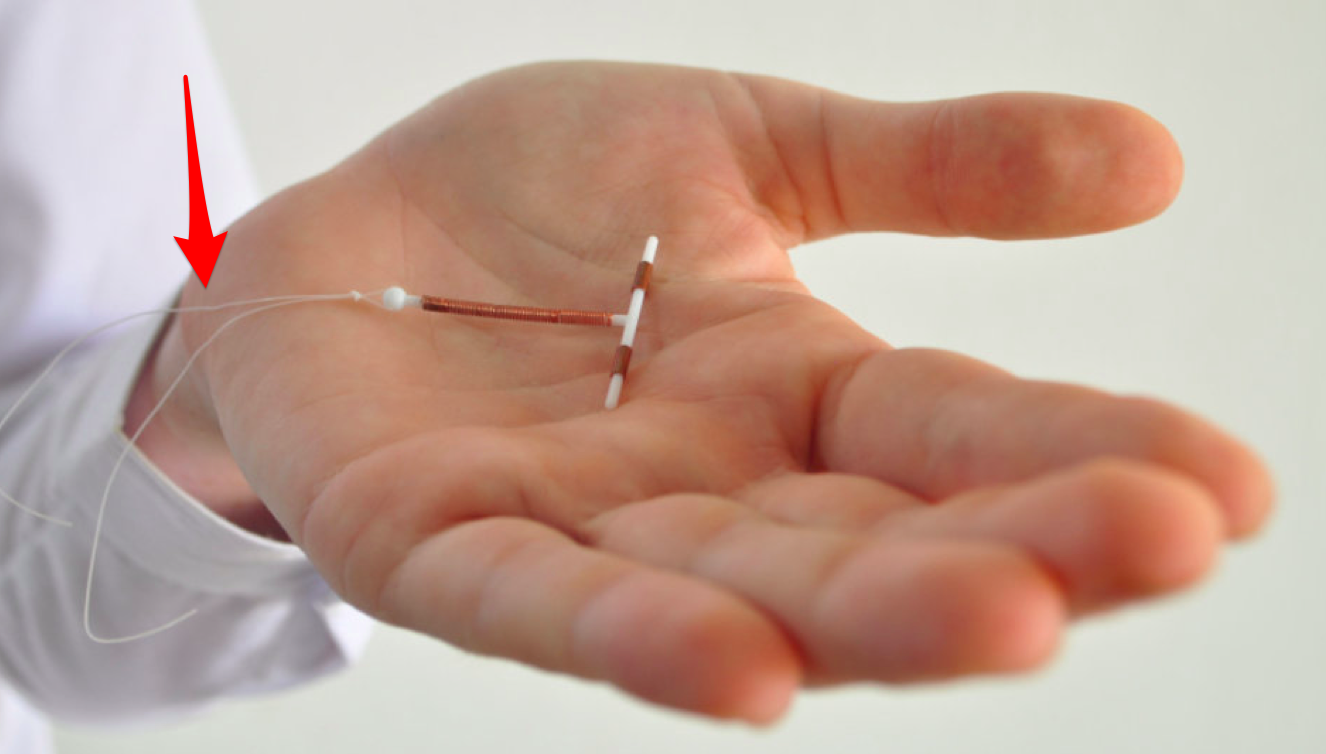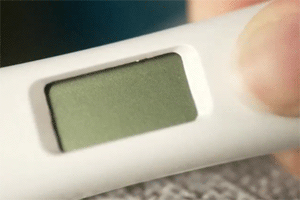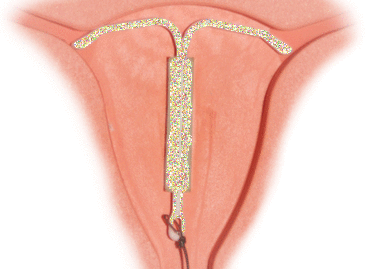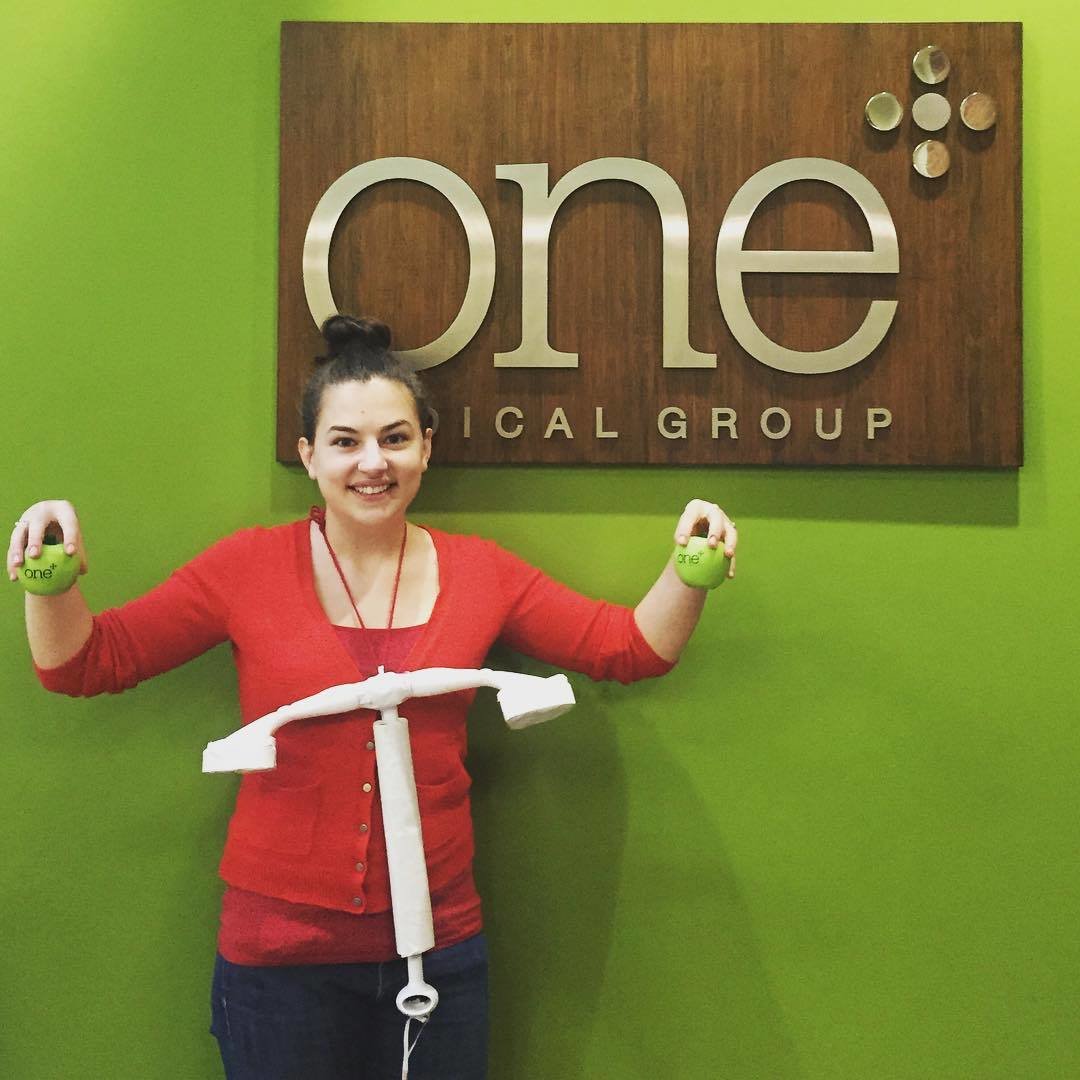For some women, getting an IUD is the best thing they could have done for their reproductive health.
I am not one of those women. After nine years on the pill, I decided to switch to an IUD. I'll admit, the main reason it appealed to me is that it would mean I might not get my period anymore. I've had a great relationship with oral contraceptives for almost a decade, and remembering to take it was no problem for me. Still, the idea of taking my reproductive health into my own hands like this seemed empowering, and I wanted to try it.
I was completely unprepared for what came next.
Here are a few things my gynecologist didn't tell me about the IUD that everyone should know — and which, if I had, would have actually stopped me from getting one in the first place:
1. How painful the procedure really is

This is THE biggest I-had-no-idea. When discussing the idea of an IUD with my gynecologist, she told me that it usually feels like "really bad period cramps." That didn't sound so bad to me, so I decided to go for it and trustingly put my feet in the stirrups the day of my appointment.
Maybe some women really do experience what feels like "really bad period cramps," but for me it felt like someone shot my uterus full of shrapnel. I have a really high pain tolerance — you're talking to someone with tattoos, someone who had wisdom teeth removed with nothing but novocaine.
But on a 10-point scale this was somewhere between an 8 and a 9. After about 10 minutes of excruciating pain, my gynecologist withdrew the speculum and passed me a box of tissues (for my eyes).
"I know," she said apologetically, "it's like giving birth."
Thanks for the heads up.
2. Some doctors will give you local anesthesia for the pain

When I learned this I was like, ARE YOU SERIOUS?? A quick shot to the womb and I could have avoided all the misery (which, in case you're wondering, has made me already decide that when my five years are up I will never get an IUD ever again).
At my doctor's suggestion I *did* take about 600 mg of ibuprofen before my appointment, but a lot of good that did me.
3. You need to check the strings regularly

An IUD is a T-shaped device made of medical-grade plastic and hormones (or copper, if you've got Paragard) with strings coming out of it. The strings go down through the cervix into the vagina and, apparently, you need to check for them. Often. Like, every three days for the first few months, and once a month or so after that.
For some women — and yes, it's rare — the IUD can move, or even just come right out. Checking the strings ensures that it's still there, in the right place, preventing pregnancy. You shouldn't be able to feel any plastic. That's bad.
4. You could still get pregnant

Speaking of preventing pregnancy, IUDs are super effective at it — even more so than the pill, which is less effective if you're not taking it at the same time every day.
But you could still get pregnant, especially if it moves or comes out without you knowing (again, check the strings!). My gynecologist didn't tell me about doing self-checks, but my friend did. Her practitioner didn't tell her either, so she didn't know when it moved — and resulted in a pregnancy.
Worse, pregnancies with an IUD in are more often ectopic pregnancies — i.e., a pregnancy outside the uterus, which can be extremely dangerous. So, yeah. Good to know.
5. How far in the IUD actually goes

Maybe I didn't realize how big the IUD really was in relation to the size of my uterus, but that thing FILLS the whole womb. I originally thought it just kind of sat above the cervix, but it leaves zero room for fetuses.
And maybe I have a really small uterus, I don't know. What I do know is that my doctor had such a hard time getting it in that she had to call in a colleague to help guide her with an ultrasound. No wonder the fucking thing hurt so much.
6. You can... do it yourself?

A recent study from Stanford University found that, for women who had previously given birth, 82% were able to correctly insert their own IUDs using an insertion device.
I've never given birth — and I doubt my insurance would cover the cost of the IUD if I were to try to DIY it — but it's good to know that this could be an option.
Not that it would make me want to do it again.
Ultimately, the decision is yours.
I'm not here to try to scare you or tell you not to get an IUD or to criticize them. I think it's amazing that something like this is available. But is it for me? Absolutely not. When this thing comes out I plan on going back to my trusty pill.
What do you wish your gyno had told you about the IUD? Tell us in the comments, or on Facebook!



